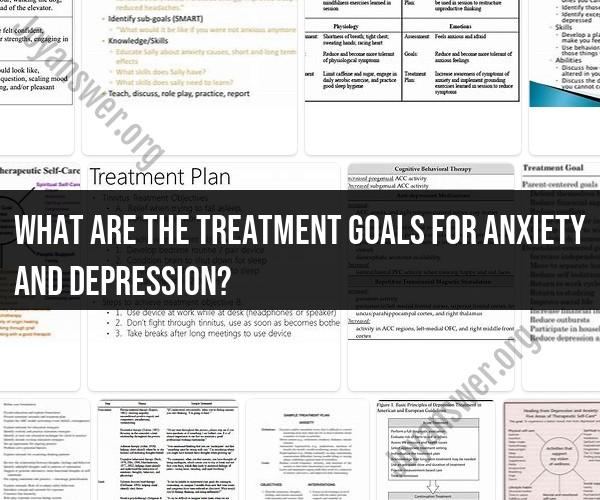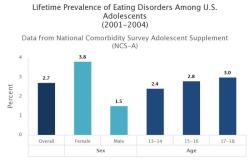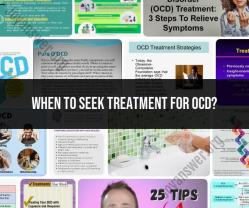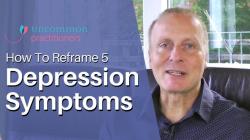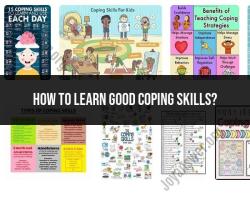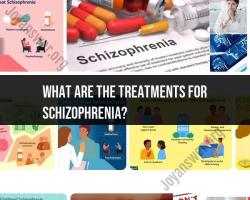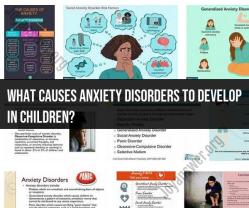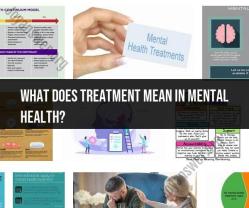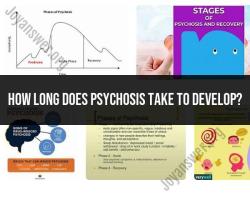What are the treatment goals for anxiety and depression?
Anxiety and depression are common mental health conditions that can significantly impact a person's well-being and quality of life. Effective treatment involves a comprehensive approach that addresses both conditions. Here are some key treatment goals for managing anxiety and depression:
1. Symptom Management
The primary goal of treatment is to alleviate the distressing symptoms associated with anxiety and depression. This includes reducing excessive worry, panic attacks, feelings of sadness, and other emotional and physical symptoms.
2. Improved Coping Skills
Developing healthy coping strategies is essential for managing anxiety and depression. Treatment aims to teach individuals effective ways to cope with stress, triggers, and negative thoughts. Learning techniques such as mindfulness, deep breathing, and cognitive restructuring can empower individuals to handle challenges more effectively.
3. Enhancing Emotional Regulation
Individuals with anxiety and depression often struggle with regulating their emotions. Treatment focuses on helping individuals recognize their emotional responses, manage intense feelings, and avoid emotional avoidance behaviors.
4. Addressing Cognitive Distortions
Cognitive distortions, or negative thought patterns, contribute to anxiety and depression. Treatment involves identifying these distortions and replacing them with more balanced and rational thoughts. This cognitive restructuring promotes a healthier mindset.
5. Social Support and Connection
Isolation can exacerbate anxiety and depression. Treatment aims to foster social connections and encourage individuals to maintain relationships with family, friends, and support groups. Social support can provide a sense of belonging and emotional validation.
6. Lifestyle Changes
Lifestyle factors play a role in mental health. Treatment includes promoting regular exercise, healthy eating, adequate sleep, and stress reduction techniques. These changes can have a positive impact on mood and overall well-being.
7. Medication Management
In some cases, medication may be recommended as part of the treatment plan. Antidepressants and anti-anxiety medications can help alleviate symptoms and create a stable foundation for therapy and other interventions.
8. Psychotherapy
Psychotherapy, such as cognitive-behavioral therapy (CBT) or dialectical behavior therapy (DBT), is a cornerstone of treatment for anxiety and depression. Therapy provides a structured environment to address underlying issues, develop coping skills, and explore thoughts and emotions.
9. Goal Setting and Progress Monitoring
Setting achievable goals and tracking progress is an important part of treatment. Regular assessment helps individuals and their healthcare providers monitor improvements and make necessary adjustments to the treatment plan.
10. Relapse Prevention
Preventing relapse is a critical goal. Treatment equips individuals with strategies to recognize warning signs, manage setbacks, and maintain the progress achieved during therapy.
Conclusion
The treatment of anxiety and depression involves a multifaceted approach that addresses various aspects of well-being. By focusing on symptom management, coping skills, emotional regulation, and other goals, individuals can experience relief and enhance their overall mental health and quality of life.
